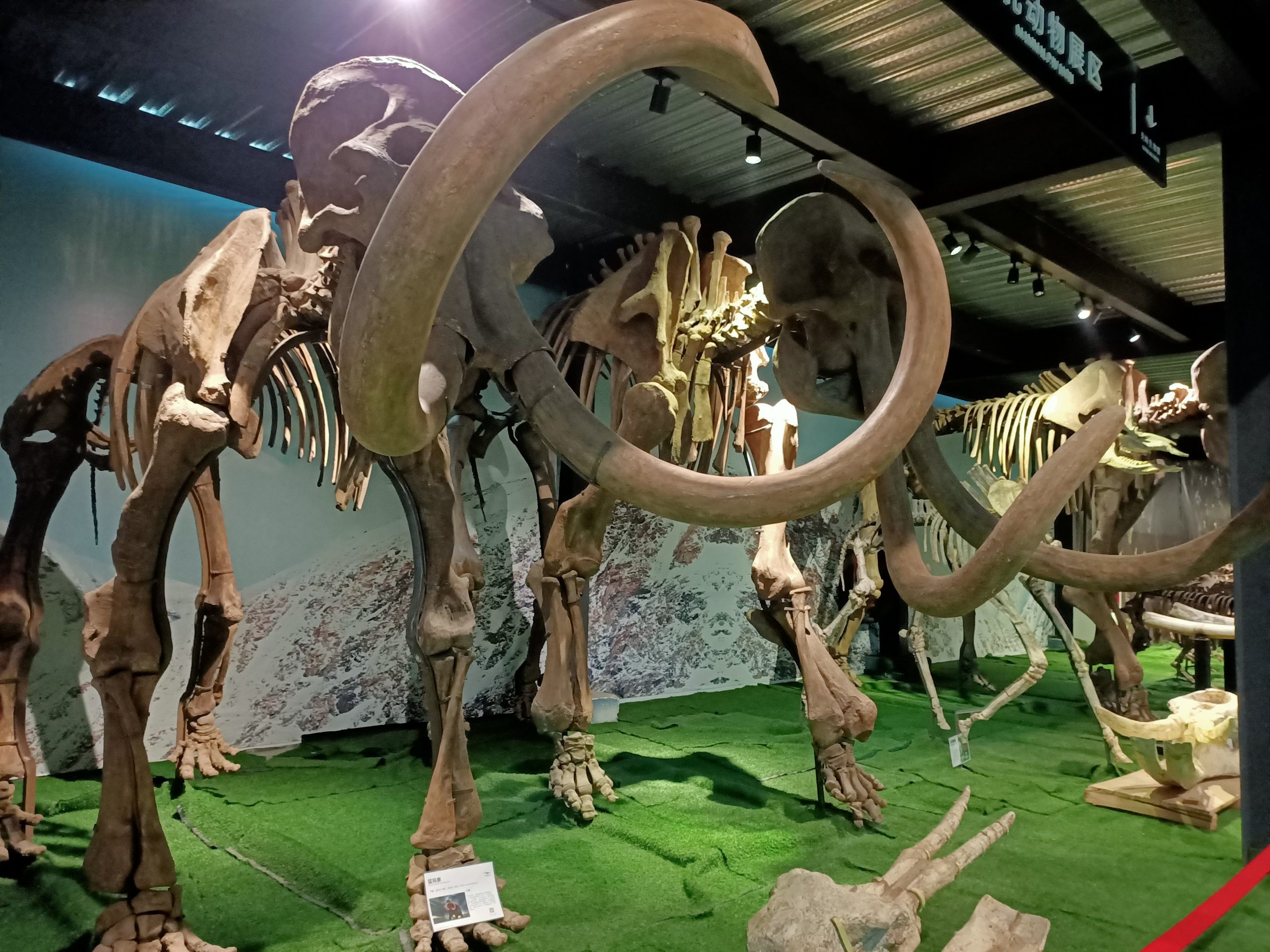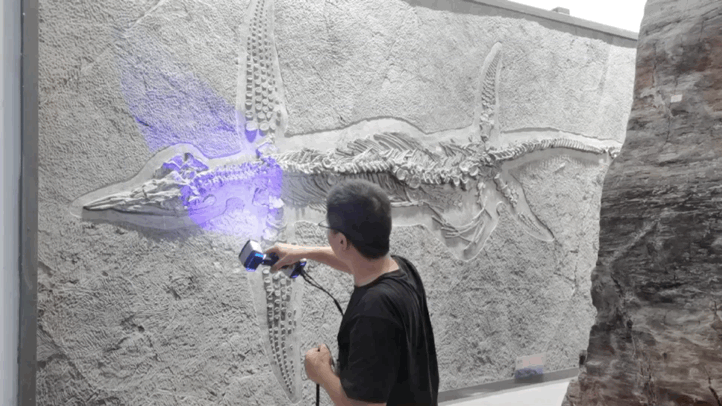Despite having existed in rock and mud for millions of years, dinosaur fossils are still facing many problems of preservation. The 3D scanner has become the solution to this challenge, allowing dinosaurs to reach digital immortality.
As gigantic creatures that ruled the earth for millions of years, dinosaurs still receive great attention from academics and enthusiasts. The Chongzhou Tianyan Museum houses a large collection of paleontological fossils and modern biological specimens with collections spanning 500 million years.

Chongzhou Tianyan Museum
Table of Contents
Challenges
Fossils are non-renewable resources and provide evidence for human research on the history of animal and plant life during geological periods, and are so valuable that it is difficult to carry out conservation work when.
1.After hundreds of millions of years of weathering, some of the fossil surfaces are very fragile and sensitive, and direct human contact may lead to unnecessary abrasions.
2.Dinosaur fossil skeletons are huge, and the amount of data to be collected is relatively large.
3.Some ancient fossils need to avoid prolonged exposure to non-standard environments due to the special nature of the materials, so data collection should be completed as quickly as possible.
High-precision 3D digitization solution

Scanning with EinScan HX
Based on the above pain points, the team of the Tianyan Museum adopted EinScan HX Hybrid Blue Laser & LED Light Source Handheld 3D Scanner to record the real and complete model data of the fossils of dinosaurs accurately and effectively in the museum in a non-contact, non-damaging, and all-around completely digital way.


Scanning Process
EinScan HX 3D scanner with dual blue light, combining the advantages of LED structured light and laser, with a wide range of material adaptability, without powder spraying can quickly and accurately collect high-precision 3D data of fossils. The minimum point distance of EinScan HX 3D scanner is 0.05mm, which can perfectly restore the fossil surface details.


Data Results
What’s Next
i. Paleontological fossil restoration and research
Researchers use computer-processed fossil 3D data to perform various measurement analyses (distance between two points, the curvature of the surface, surface area, volume, etc.), which is a perfect embodiment of advanced manufacturing to help paleontological research.
ii. Archiving paleontological fossil data
EinScan HX 3D scanner can store data digitally and permanently after data collection, which can avoid data loss or breakage. The storage of original fossil data also provides strong data support for the subsequent restoration work.
iii. Digital display of paleontological fossils
The high-precision 3D data collected by 3D scanning technology can be combined with computer technology to reproduce the 3D model of paleontological fossils and build a 3D digital museum with digital display, holographic projection, and other technology as the display carrier, broadening the traditional dissemination methods while effectively protecting the original fossil specimens from damage.
High-precision 3D digitalization accurately and effectively records the real information of fossils in a non-contact, non-damaging, and all-around way, digitizes fossils and establishes digital archives. Digital fossil data can be used infinitely and non-destructively for replication, restoration, derivation, display, research, and conservation. History has truly reached immortality with EinScan HX 3D scanner.





